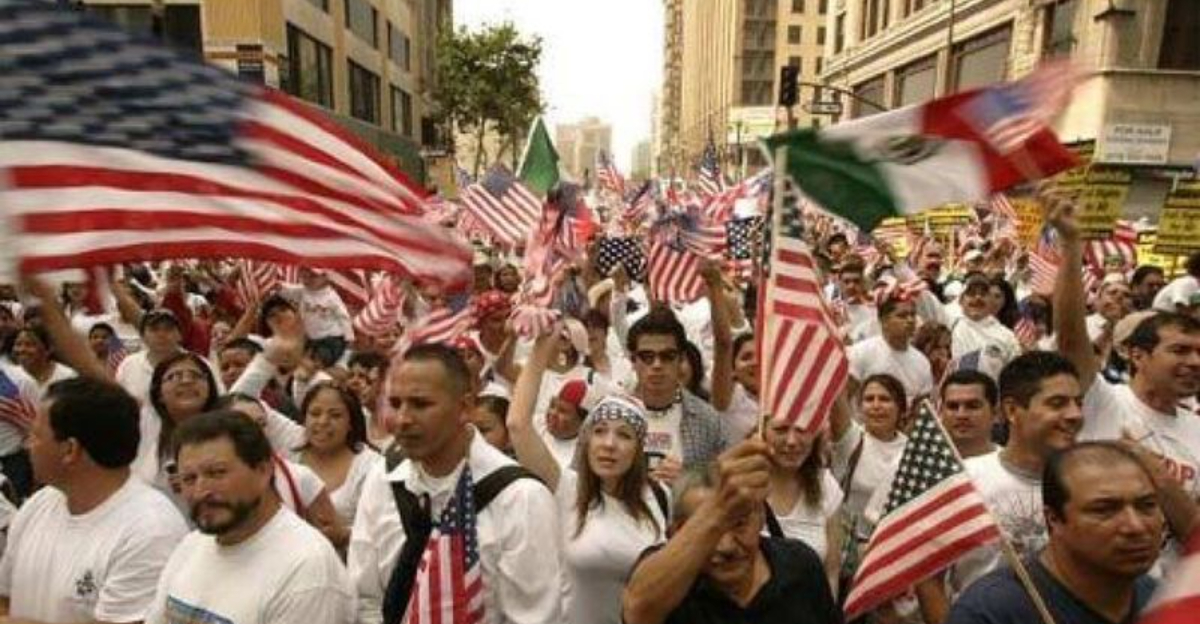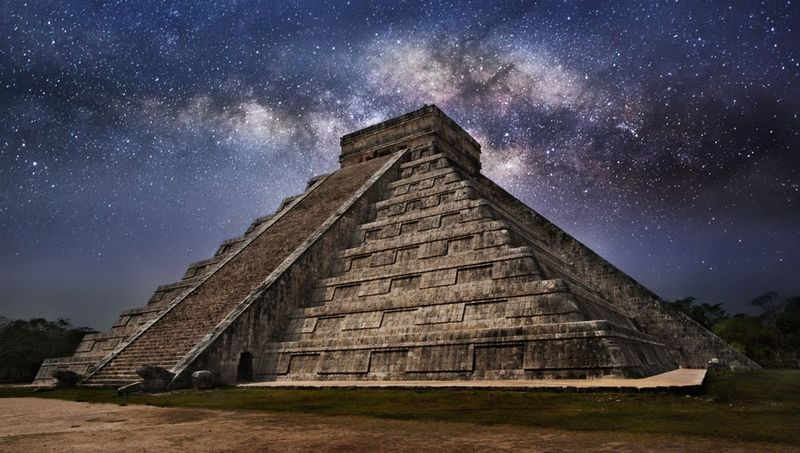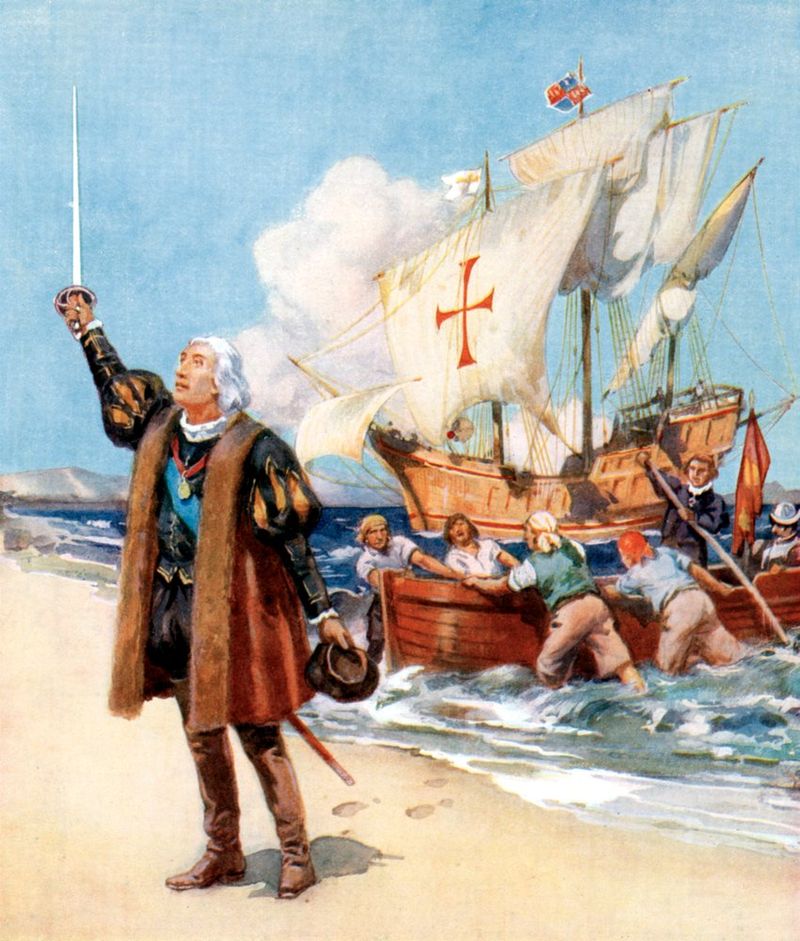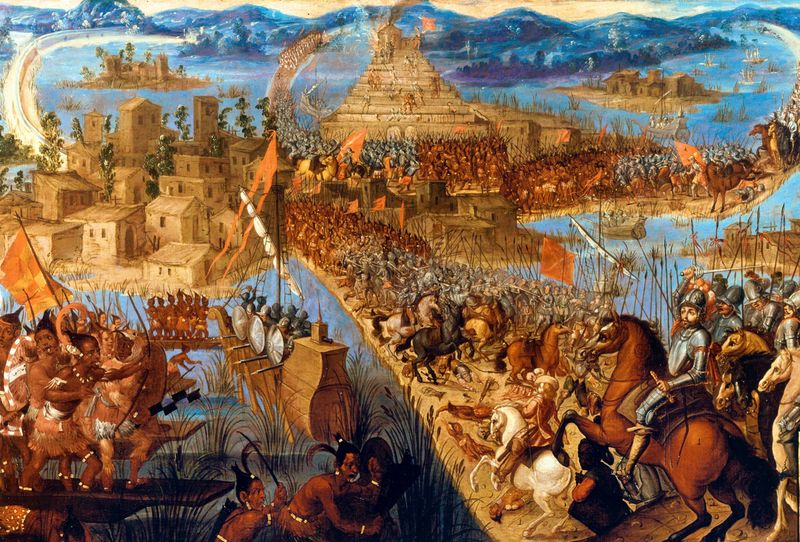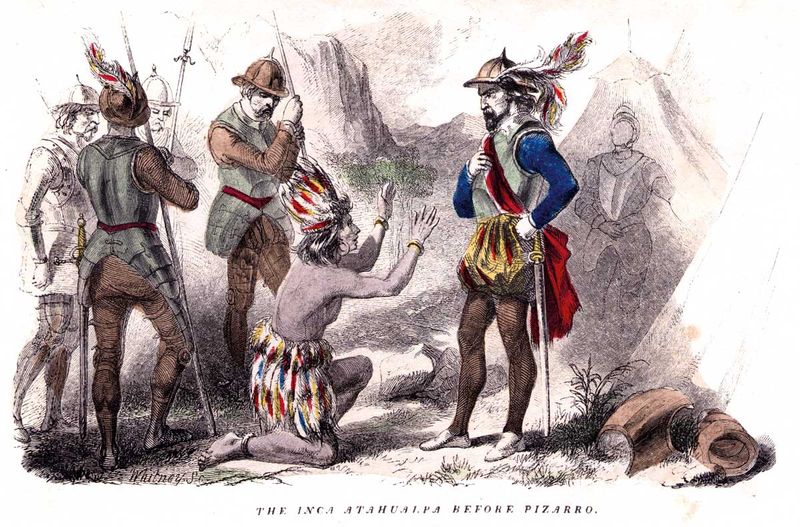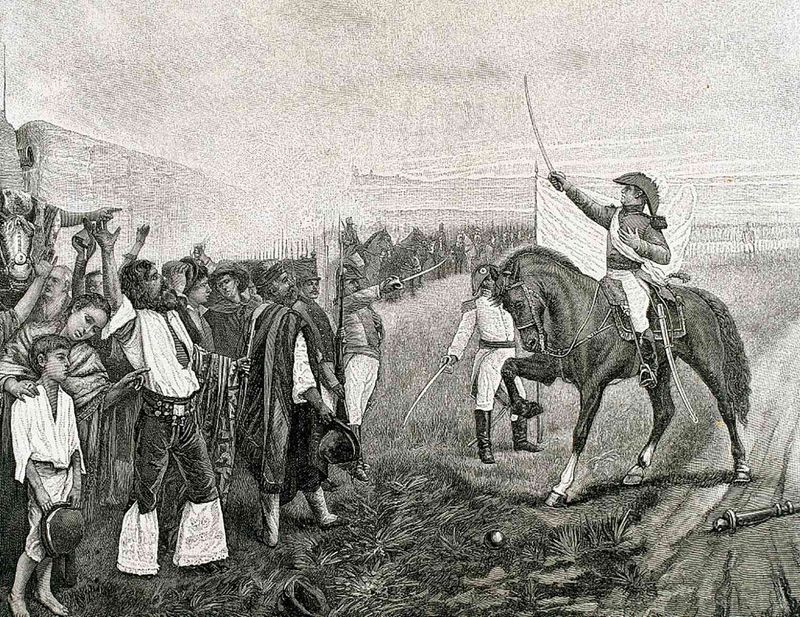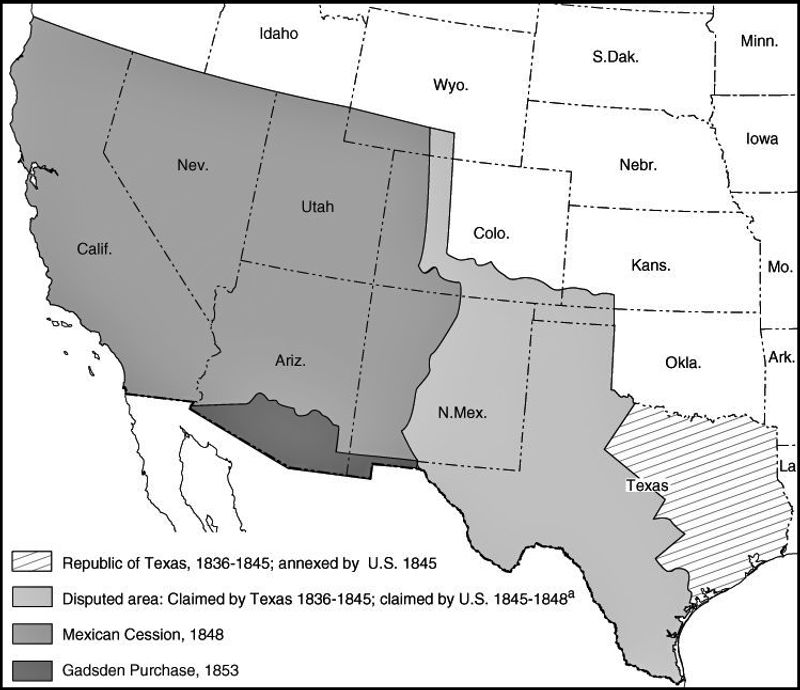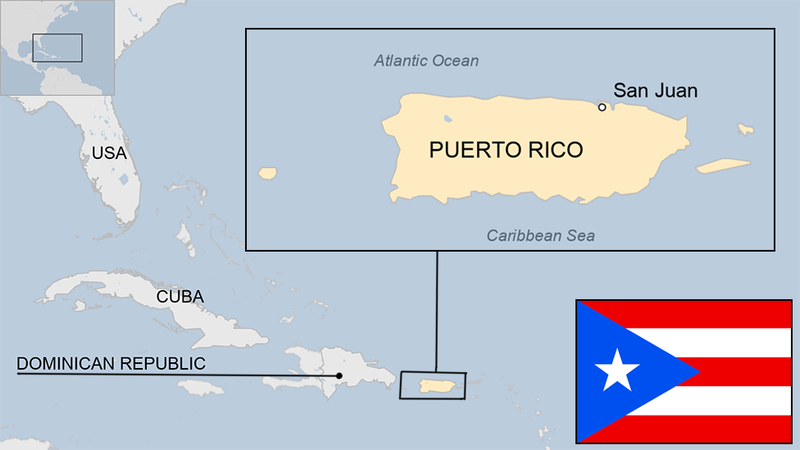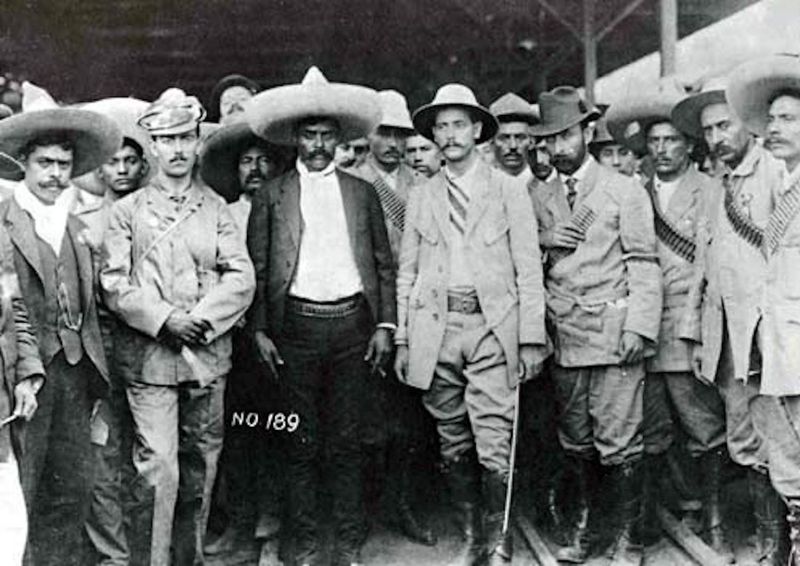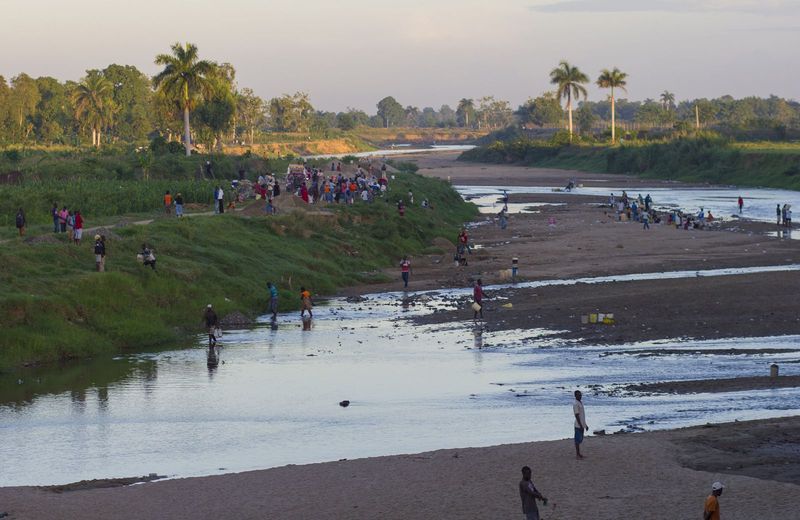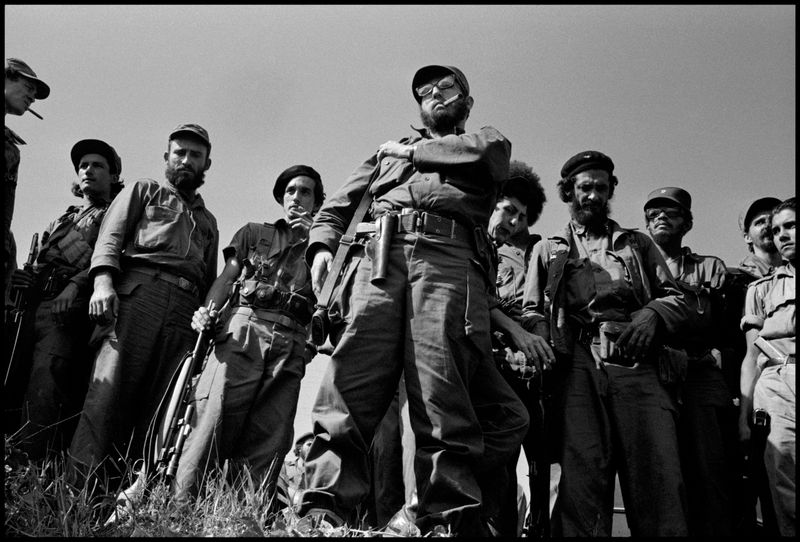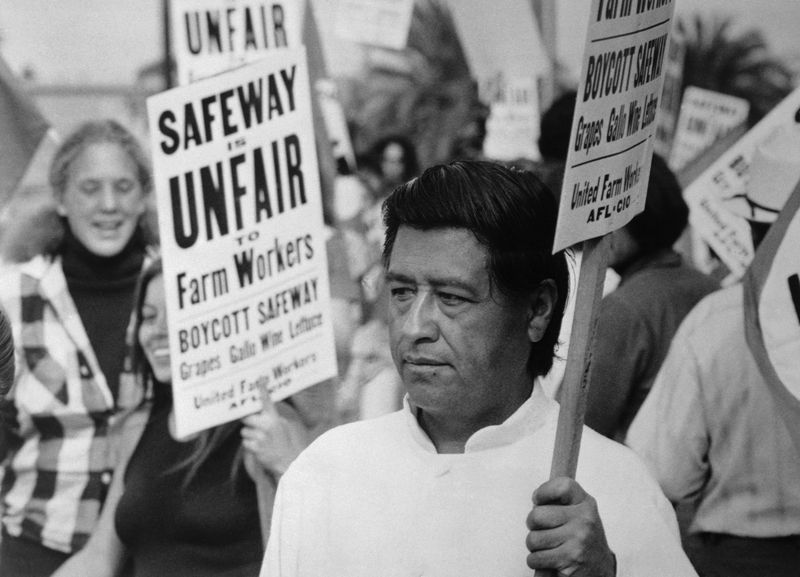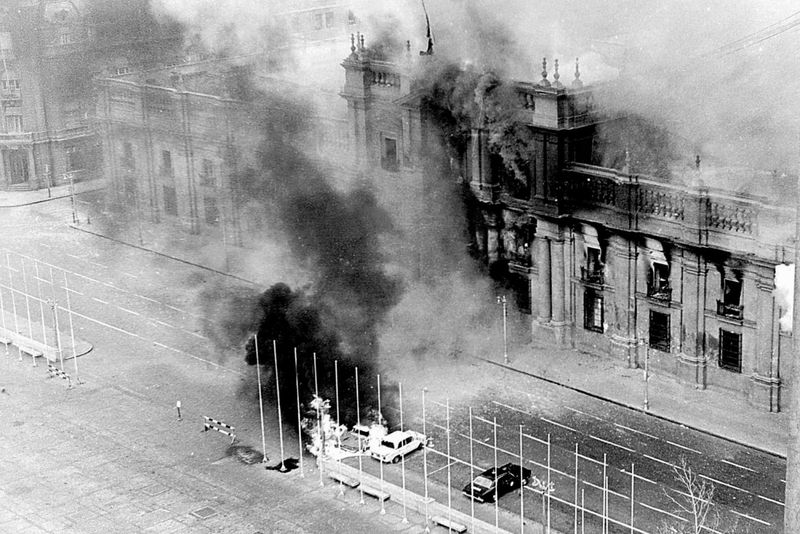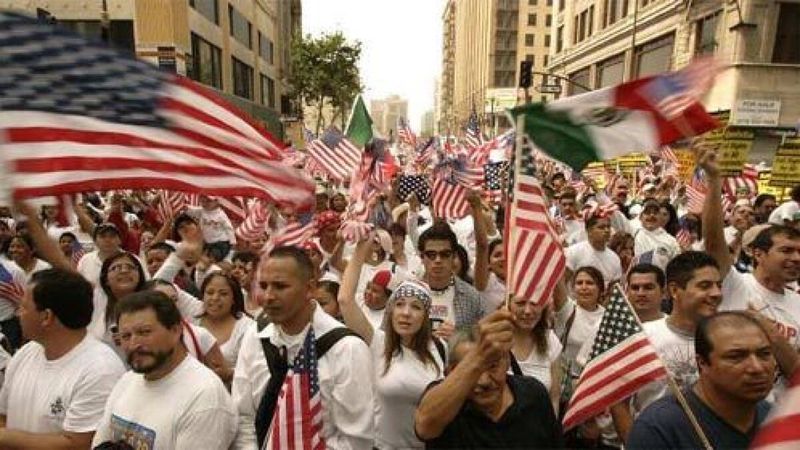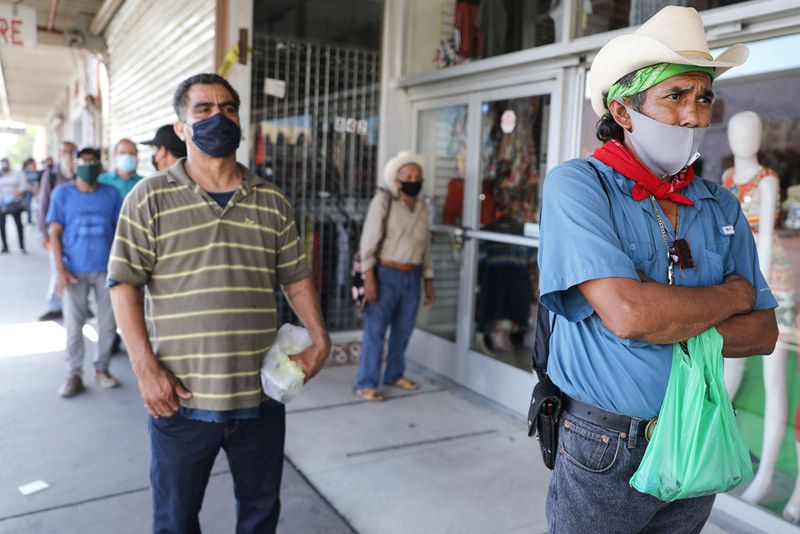Hispanic history spans thousands of years, weaving a tapestry of incredible achievements, painful struggles, and lasting cultural contributions. From ancient civilizations that built magnificent cities to modern civil rights movements that changed laws and lives, these milestones have shaped not just Latin America but the entire world. Journey with us through fifteen pivotal moments that tell the story of resilience, innovation, and the enduring Hispanic spirit.
1. The Maya Civilization Reaches Its Peak (300-900 CE)
Sophisticated cities rose from dense jungles as the Maya created one of history’s most advanced early societies. Their astronomers tracked celestial movements with astonishing accuracy, developing a calendar more precise than Europe’s at the time.
Breathtaking pyramids and temples dotted the landscape from southern Mexico to Honduras, while scribes recorded history using the Western Hemisphere’s first complete writing system. Maya mathematicians independently invented the concept of zero centuries before Europeans.
Their civilization mysteriously declined around 900 CE, but left behind remarkable achievements in art, architecture, mathematics, and astronomy that continue to amaze modern scientists and visitors to their ruins.
2. Columbus’s Voyage Changes Two Worlds (1492)
Three small Spanish ships crossed the Atlantic, forever altering human history. Funded by Spain’s Catholic monarchs Ferdinand and Isabella, Columbus’s expedition established the first lasting European contact with the Americas.
For Spain, this journey launched an era of unprecedented wealth and global power. Gold and silver flowed across the ocean, financing Spain’s golden age of art, literature, and imperial expansion.
Yet this watershed moment carried devastating consequences for indigenous peoples. Diseases like smallpox decimated populations who lacked immunity, while colonization brought subjugation and cultural disruption. This single voyage set in motion the complex blending of cultures that would eventually create the Hispanic world.
3. The Fall of the Mighty Aztec Empire (1519-1521)
Floating gardens, towering temples, and bustling marketplaces greeted Spanish conquistador Hernán Cortés when he first beheld Tenochtitlán, the Aztec capital more magnificent than any European city of its time. With just 600 men, Cortés toppled Emperor Moctezuma’s vast empire through military strategy, local alliances, and devastating disease.
The conquest transformed Mexico forever. Spanish language and Catholicism merged with indigenous traditions, creating new cultural expressions.
From this painful collision emerged mestizaje—the blending of European and indigenous bloodlines and cultures that forms the foundation of modern Mexican identity and much of Latin American heritage.
4. Spain Conquers the Inca Empire (1533)
High in the Andes mountains, Francisco Pizarro and a small band of Spanish adventurers executed one of history’s most audacious power grabs. With just 168 men, they captured Emperor Atahualpa at Cajamarca despite his thousands of warriors, effectively decapitating the largest empire in the Americas.
Stone roads stretching thousands of miles connected the Inca’s vast territories from Ecuador to Chile. Their engineering marvels included earthquake-resistant buildings and agricultural terraces that still function today.
After ransoming Atahualpa for a room filled with gold and silver, the Spanish killed him anyway. This conquest brought Peru’s mineral wealth under Spanish control and began centuries of colonial rule that reshaped South American societies.
5. Latin American Independence Movements Sweep the Continent (1810-1825)
Revolutionary fervor spread like wildfire across Spanish America as creoles (Spanish descendants born in the Americas) rose up against colonial rule. Simón Bolívar, known as “El Libertador,” led campaigns that freed Venezuela, Colombia, Ecuador, Peru, and Bolivia from Spanish control.
Further south, José de San Martín crossed the treacherous Andes Mountains with his Army of the Andes to liberate Argentina and Chile. Mexico’s independence struggle began with Father Miguel Hidalgo’s famous “Grito de Dolores” call to arms.
By 1825, most of Spain’s American empire had achieved independence. These revolutions created new nations with distinct identities while sharing common cultural roots in their Spanish colonial heritage.
6. Treaty of Guadalupe Hidalgo Redraws North America (1848)
A stroke of the pen transferred half of Mexico’s territory to the United States. Following defeat in the Mexican-American War, Mexico reluctantly signed away California, Nevada, Utah, and parts of Colorado, Arizona, New Mexico, and Wyoming for $15 million.
Overnight, thousands of Mexican citizens became Americans without moving an inch. The treaty promised to protect their property rights and cultural practices, but these guarantees often went unfulfilled.
This massive land transfer reshaped both nations. It accelerated America’s westward expansion while creating a Mexican-American population whose descendants would later reclaim their cultural heritage. The border established then continues to define—and divide—these neighboring nations today.
7. Puerto Rico Becomes U.S. Territory After Spanish-American War (1898)
“Remember the Maine!” became the rallying cry for America’s brief war against Spain. When the fighting ended, Spain surrendered its remaining colonial possessions, including Puerto Rico, which passed to American control after four centuries of Spanish rule.
The island underwent dramatic changes as American corporations established vast sugar plantations. Unlike Cuba, which gained independence, Puerto Rico remained a U.S. territory in an ambiguous political status that continues today.
In 1917, Puerto Ricans received U.S. citizenship through the Jones Act, creating a unique hybrid identity. The island’s relationship with the mainland remains complex—neither fully integrated as a state nor independent as a nation.
8. Mexican Revolution Transforms a Nation (1910-1920)
Peasants armed with machetes and rifles rose against Porfirio Díaz’s 30-year dictatorship, launching the first major social revolution of the 20th century. Revolutionary leaders emerged from diverse backgrounds—Emiliano Zapata championed landless farmers with his battle cry “Land and Liberty,” while Francisco “Pancho” Villa led his División del Norte through the northern deserts.
The fighting claimed nearly one million lives—almost ten percent of Mexico’s population. Women soldiers called “soldaderas” fought alongside men, challenging traditional gender roles.
From this bloody decade emerged a new constitution guaranteeing worker rights, land reform, and secular education. The revolution’s legacy lives on in Mexico’s politics, art, and national identity.
9. Parsley Massacre Reveals Brutal Ethnic Cleansing (1937)
A simple word—”perejil” (parsley)—became a death sentence along the Dominican-Haitian border. Dominican dictator Rafael Trujillo ordered soldiers to identify Haitians by their pronunciation of this Spanish word, which Creole speakers struggled to say with a rolled “r.”
Those who failed the test faced immediate execution. Over five horrific days, Dominican troops killed an estimated 20,000 ethnic Haitians living near the border.
This genocidal campaign stemmed from Trujillo’s policy of “blanqueamiento” (whitening) and anti-Haitian sentiment. The massacre remains an open wound between these neighboring countries sharing one island. Many Dominicans still deny the event’s scale, while Haitians pass down memories of the tragedy through generations.
10. Cuban Revolution Creates Cold War Flashpoint (1959)
Bearded revolutionaries in olive-green uniforms marched triumphantly into Havana on January 1, 1959. Fidel Castro, a 32-year-old lawyer turned guerrilla leader, had overthrown dictator Fulgencio Batista after a two-year campaign launched from mountain hideouts.
Initially welcomed by many Americans, Castro soon aligned with the Soviet Union. His government nationalized American businesses and established communist rule just 90 miles from Florida’s shores.
Thousands fled to Miami, creating a powerful Cuban exile community. The revolution spawned dangerous Cold War confrontations like the Bay of Pigs invasion and Cuban Missile Crisis. Six decades later, Castro’s revolution continues to influence politics throughout Latin America and shape Cuban-American relations.
11. César Chávez Leads Farmworker Justice Movement (1965)
“¡Sí, se puede!” (Yes, we can!) echoed through California’s Central Valley as César Chávez and Dolores Huerta organized Mexican-American farmworkers into the United Farm Workers union. Chávez, a former migrant worker himself, adopted nonviolent protest strategies inspired by Gandhi and Martin Luther King Jr.
The famous Delano Grape Strike and national grape boycott lasted five years. Millions of Americans stopped buying grapes in solidarity with workers who endured brutal conditions and pesticide exposure for poverty wages.
Victory came in 1970 when growers signed union contracts. Chávez’s movement brought Latino civil rights into national consciousness, improved working conditions for agricultural laborers, and established a model for nonviolent activism that continues inspiring social justice movements today.
12. Pinochet’s Coup Brings Brutal Dictatorship to Chile (1973)
Fighter jets streaked over Santiago on September 11, 1973, as General Augusto Pinochet’s forces bombarded La Moneda presidential palace. Inside, democratically elected socialist President Salvador Allende delivered a final radio address before taking his own life.
The U.S.-backed coup installed one of Latin America’s most notorious dictatorships. Pinochet’s secret police detained, tortured, and “disappeared” thousands of suspected leftists. Many were dropped from helicopters into the Pacific Ocean.
While implementing free-market economic reforms praised by Western economists, Pinochet’s regime crushed political opposition for 17 years. Chile’s return to democracy in 1990 began a painful reckoning with this dark chapter that continues today through trials, memorials, and ongoing debates about historical memory.
13. Immigration Reform Transforms Latino Communities (1986)
President Reagan’s signature opened a pathway to legal status for nearly three million undocumented immigrants. The Immigration Reform and Control Act (IRCA) represented the most significant change to U.S. immigration policy in decades.
Families who had lived in the shadows for years could suddenly apply for residency without fear of deportation. Many seized this opportunity to put down permanent roots in American communities.
The law also increased border enforcement and penalties for employers hiring unauthorized workers. This compromise approach reflected America’s complicated relationship with immigration. IRCA’s legacy continues influencing modern immigration debates, as policymakers still struggle to balance enforcement concerns with humanitarian considerations for the estimated 11 million undocumented immigrants living in the U.S. today.
14. A Day Without Immigrants Shows Collective Power (2006)
Streets emptied and businesses closed as millions of Latinos participated in the largest coordinated demonstration in U.S. immigration history. The Great American Boycott on May 1, 2006, responded to proposed legislation that would have criminalized undocumented immigrants and those who helped them.
From Los Angeles to Chicago to New York, protesters wearing white shirts marched peacefully, many carrying American flags. “Somos América” (We are America) signs highlighted their economic and cultural contributions.
The demonstrations successfully helped defeat the harsh House bill. This unprecedented mobilization demonstrated the growing political consciousness among Hispanic communities and their ability to organize effectively. It foreshadowed the increasing electoral influence of Latino voters in subsequent elections.
15. COVID-19 Pandemic Exposes Health Disparities (2020)
Essential workers stocked grocery shelves, harvested crops, and delivered packages while many Americans worked safely from home. Latinos, who make up 18% of the U.S. population, accounted for nearly 30% of COVID-19 deaths during the pandemic’s early months.
Multiple factors created this deadly disparity. Hispanics were overrepresented in frontline jobs that couldn’t be performed remotely. Many lived in multigenerational households where isolation was impossible and lacked health insurance or paid sick leave.
The pandemic revealed long-standing inequities in healthcare access and working conditions. Community organizations responded by establishing testing sites in Hispanic neighborhoods, providing multilingual health information, and advocating for workplace protections—continuing a tradition of community resilience in the face of adversity.
